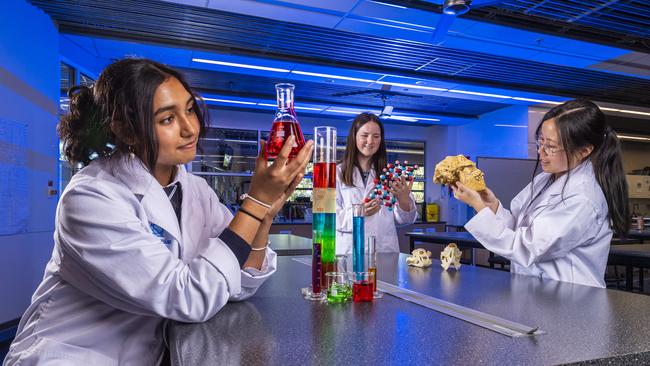Why gender balance is a day-by-day challenge
Achieving gender balance is important, but universities need to take direct action to invite women to the table, at the same time as engaging in concerted systemic reform

Five years ago, when I was one month into the job of QUT Vice-Chancellor, I set a challenge for the university to become the most gender equitable in Australia.
I can proudly say today that women occupy 52 per cent of senior management roles and make up 59 per cent of staff, including 53 per cent of STEM academic staff. As proud as I am of these statistics, I am more interested in looking at what we do every day and recognise there are a number of areas still requiring us to do more.
It is not enough to commit to percentage improvements for women and other under-represented groups in staff numbers and in management, even in areas of historical under-representation like STEM. Achieving gender balance is important, but universities need to take direct action to invite women to the table, at the same time as engaging in concerted systemic reform.
This year, International Women’s Day celebrations are shining a spotlight on “Cracking the Code”, highlighting the role bold, transformative ideas, inclusive technologies, and accessible education can play in combating discrimination and marginalisation of women.
All these things are part of the day-to-day complexities of universities. But it is not enough to simply have inclusive enrolment policies and equal representation in academic and executive staff.
To counter lifetimes of gender conditioning and both conscious and unconscious bias, we must find ways to encourage young women to consider the life-changing possibilities of a university education across the disciplines, and then support them to succeed. We need to create and maintain a pipeline for success.
Some early experiences need to be offered exclusively to women: research shows the benefits of providing a girls-only environment to build girls’ confidence and self-efficacy in studying STEM subjects. For example, our Start QUT Intensive Initiative, which offers female students entering Year 12 a two-week intensive delivery of a first-year IT unit, has seen almost half of students who complete the unit go on to enrol in a technology-based degree. Having more women in traditionally male-dominated industries is good for society, good for those industries and good for business.
For this reason, we connect directly with high-school students at several points throughout their schooling, so they understand the opportunities available to them, and then select the right subjects for the discipline they want to study at university.
However, once we create the study and career pipeline, we must also ensure it does not become blocked. For students, we need to remove systemic barriers to completing studies, such as finding ways to offer financial support while they take mandatory unpaid placements.
Women traditionally outnumber men in courses that require these placements, such as nursing, teaching, veterinary science and social work, and taking time off paid work can be a huge barrier to completing their degree. This hurdle is another structural impediment that lurks beneath seemingly neutral policy, hampering women more than men.
For staff, we need to ensure that when assessing research accomplishment for promotion we consider performance relative to opportunity – that is, actual time on the job – which may include breaks for caring responsibilities. Unfortunately, as enforced home confinement during the pandemic revealed, women still shoulder the bulk of caring responsibilities.
This creates another blockage in the pipeline, as women have insufficient time to apply for the grants or write the publications used to measure success.


